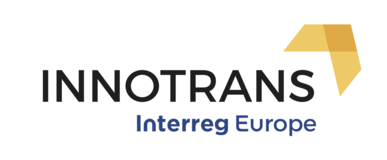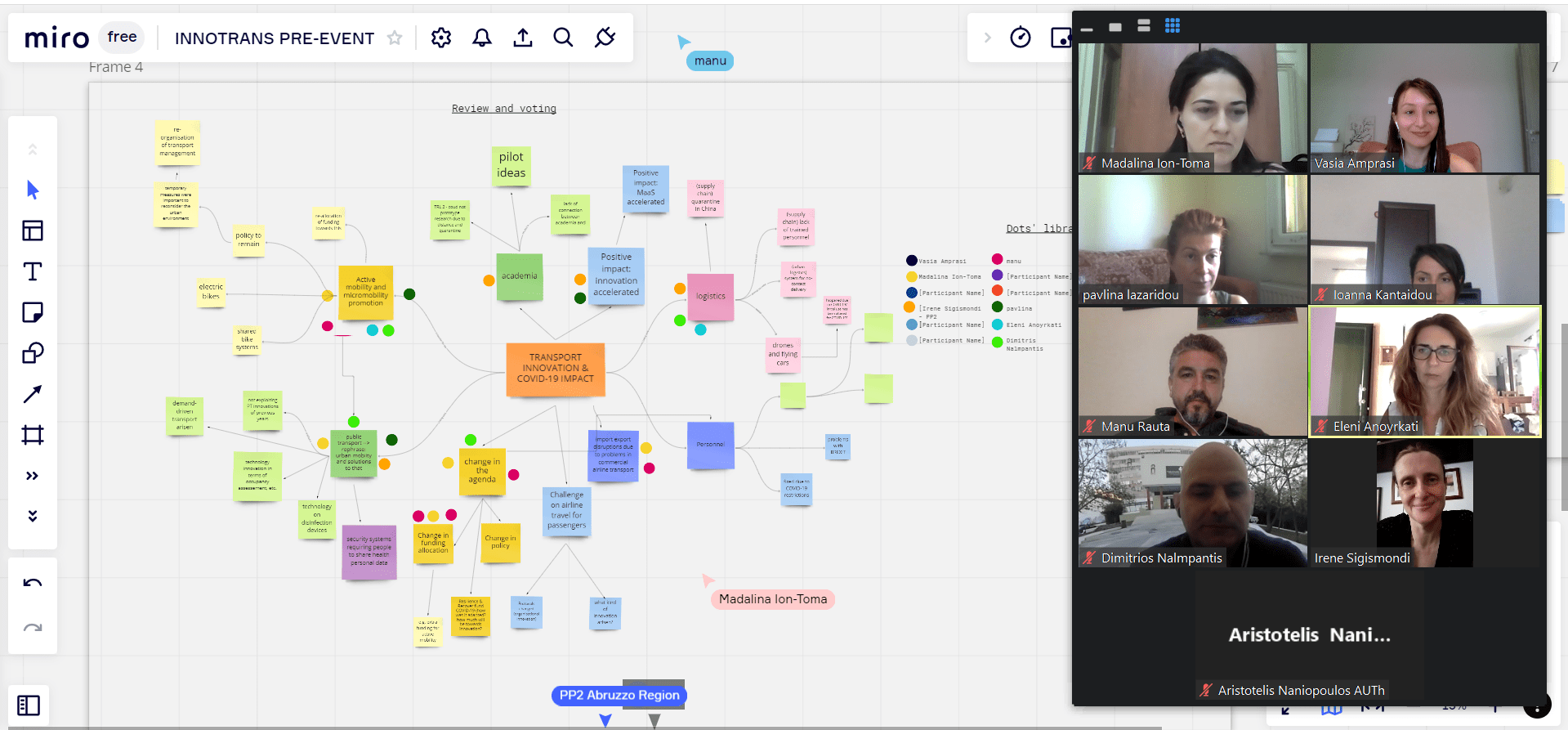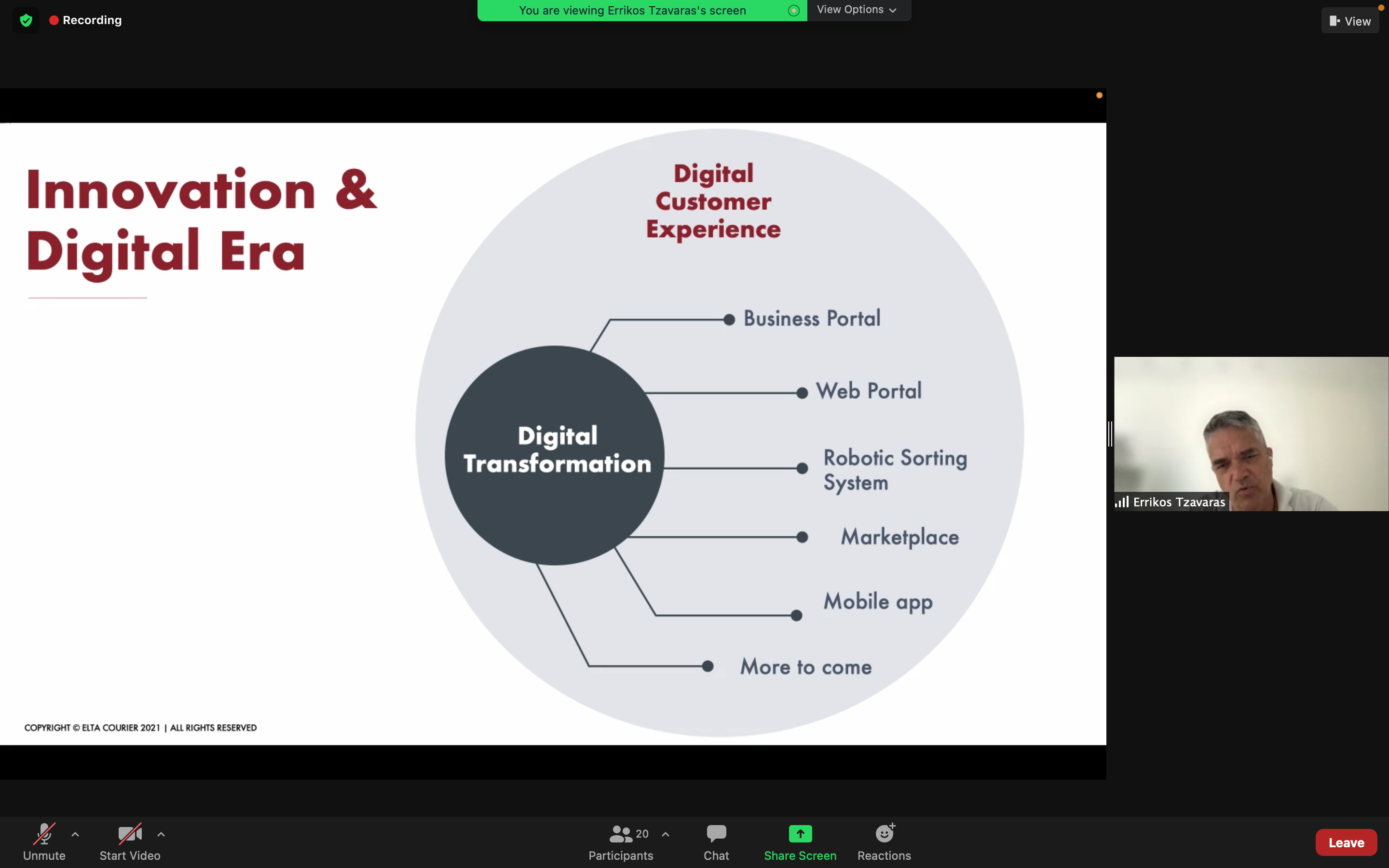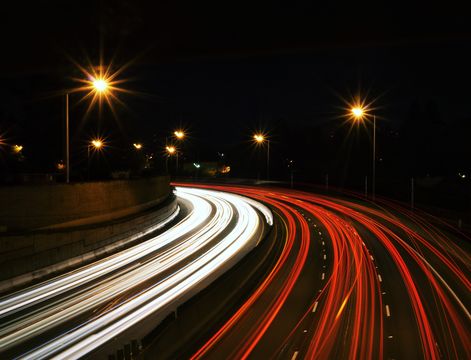"Safety First For Automated Driving" combines the expertise from key companies in the automaker, supplier, and technology industries to help direct development of safe automated vehicles.
A coalition of 11 companies — Aptiv, Audi, Baidu, BMW, Continental, Daimler, Fiat Chrysler Automobiles, Here, Infineon, Intel, and Volkswagen — published a whitepaper “Safety First For Automated Driving” describing a framework for the development, testing, and validation of “safe” autonomous vehicles. The members claim it’s the broadest representation across the industry to date, and they say that the report is the largest to offer “clear traceability” proving autonomous vehicles to be “safer than the average driver.”
Conspicuously absent from the list of contributors is Alphabet’s Waymo, which recently launched a commercial driverless taxi service that’s now servicing over 1,000 riders with a fleet of more than 600 cars. GM’s Cruise Automation, whose self-driving car prototypes racked up 450,000 autonomous miles in California last year, also opted not to participate. Neither did veritable AV powerhouses like Zoox, Tesla, Amazon-backed Aurora, Beijing-based Pony.ai, Nvidia, or Yandex’s driverless car division.
The dearth of consensus puts into sharp relief the competitiveness of the global self-driving car market, which HTF Market Intelligence estimates will hit revenue of $173.15 billion by 2023. According to marketing firm ABI, as many as 8 million driverless cars will be added to the road in 2025, and Research and Markets anticipates that there will be some 20 million autonomous cars in operation in the U.S. by 2030.
Ford, Lyft, Uber, Volvo, and Waymo have a coalition of their own — the Self-Driving Coalition for Safer Streets — that launched in April 2016, with the stated goal of working with lawmakers, regulators, and the public to realize the safety and societal benefits of self-driving vehicles.
Self-driving standards
"Safety First For Automated Driving" presents guiding principles of automated driving:
- Safe operation
- Operational design domain
- Vehicle operator-initiated handover
- Security
- User responsibility
- Vehicle-initiated handover
- Interdependency between vehicle operators and automated driving systems (ADS)
- Safety assessment
- Data recording
- Passive safety
- Behavior in traffic
- Safe layer
The whitepaper’s coauthors describe maneuvers intended to minimize risk in the event a driver doesn’t comply with a takeover request, along with verification and validation tests intended to ensure that certain safety goals are met. They propose that automated vehicles record data pertaining to status in a privacy-compliant fashion and that they behave predictably in a way that respects road rules and is easy for nearby drivers to understand.
Another way risk might be reduced, the coalition believes, is by ensuring that vehicles’ perception sensors — including cameras, lidar, radar, ultrasonic, and microphones — capture “all relevant external information” about surroundings, including pedestrians, obstacles, traffic signs, and acoustic signals. The group also suggests validating simulations — the digital environments employed by companies like Waymo, Uber, and Cruise to recreate tens of thousands of driving scenarios each day — by testing a subset of corner cases against real-world experience.
According to the SaFD, level 3 and level 4 vehicles face formidable challenges no matter how carefully they’re designed, chief among them “statistically” demonstrating safety and “positive risk balance” without a human driver ready to take the wheel. The coalition notes that they’ll also have to pass tests involving driver interaction — i.e., situations where drivers are forced to take control — and prove that they’re capable of coping with “scenarios not currently known” in traffic. Moreover, each component within automated systems that come in a range of configurations will need to be fully verified, SaFD says, and the core parts reliant on machine learning will have to be tested with “new validation methods” adapted to ensure the safety of the entire system.
The coalition cautions that the whitepaper isn’t meant as a one-off but as a “first version” and says that the next version will be put forward as a proposal for international standardization. Only time will tell if that will be enough to convince a skeptical public.
“There will still be some residual risks,” SaFD concedes, adding that it’s impossible to guarantee absolute safety with “100%” confidence. “Field monitoring is obligatory in order to iteratively learn and improve the systems,” the report concludes.
By Kyle Wiggers, published on venturebeat.com, an abridged text
Photo source: Waymo












